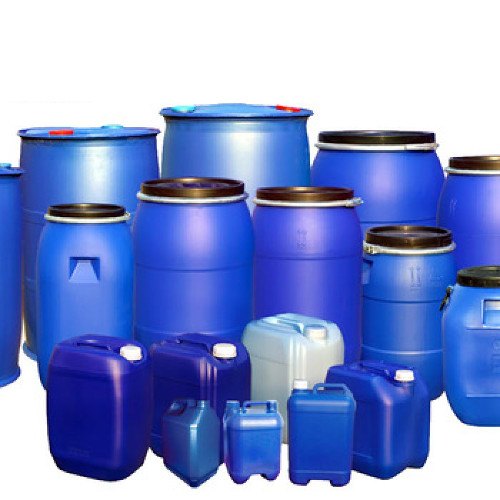In the vast realm of commerce, two prominent categories of products dominate the market: consumer goods and industrial goods. While they may seem similar at first glance, a closer examination reveals distinct characteristics that set them apart. Understanding the disparities between these two types of goods is crucial for businesses, manufacturers, and consumers alike. In this article, we will delve into the intricacies of consumer goods and industrial goods, exploring their divergent nature, applications, and impact on various stakeholders.
- Definition and Purpose:
Consumer Goods:
Consumer goods refer to products that are directly purchased by individuals for personal use or consumption. These goods are typically intended for the end-user and are available in retail stores or online platforms. Examples of consumer goods include clothing, electronics, household appliances, and food items. The primary purpose of consumer goods is to satisfy the needs, desires, and preferences of individual consumers.
Industrial Goods:
On the other hand, industrial goods are products that are utilized by businesses and organizations for production, operation, or further manufacturing processes. These goods are not meant for personal consumption but rather for commercial purposes. Industrial goods can be categorized into two subgroups: capital goods and intermediate goods. Capital goods, such as machinery, equipment, and vehicles, are used to facilitate production, while intermediate goods, like raw materials and components, are incorporated into the manufacturing process.
- Characteristics and Features:
Consumer Goods:
Consumer goods are characterized by their focus on aesthetics, branding, and packaging. They are designed to appeal to individual consumers and often emphasize factors such as style, convenience, and emotional appeal. Consumer goods are typically sold in smaller quantities and packaged attractively to catch the attention of potential buyers. Additionally, consumer goods are subject to frequent changes in trends and preferences, requiring businesses to adapt swiftly to evolving consumer demands.
Industrial Goods:
In contrast, industrial goods prioritize functionality, durability, and efficiency over aesthetics. These goods are usually purchased in larger quantities and are not marketed directly to end-users. Industrial goods often undergo rigorous testing and quality control measures to ensure they meet the specific requirements of businesses and industries. Unlike consumer goods, industrial goods have longer lifecycles and are less influenced by short-term market trends.
- Distribution and Marketing:
Consumer Goods:
The distribution and marketing of consumer goods are geared towards reaching a wide consumer base. Companies employ various strategies, including advertising, branding, and retail partnerships, to promote their products directly to consumers. The packaging and presentation of consumer goods play a crucial role in attracting buyers and differentiating products from competitors. Online platforms and e-commerce have also become significant channels for the distribution of consumer goods, providing convenience and accessibility to consumers worldwide.
Industrial Goods:
In contrast, the distribution and marketing of industrial goods focus on building relationships with businesses and organizations. Manufacturers of industrial goods often rely on direct sales, industry trade shows, and B2B (business-to-business) marketing strategies to reach their target audience. Personalized consultations, technical specifications, and after-sales support are essential components of marketing industrial goods. Building trust and establishing long-term partnerships are paramount in the industrial goods sector.
- Impact and Importance:
Consumer Goods:
Consumer goods play a vital role in driving economic growth and shaping consumer behavior. They contribute significantly to GDP (Gross Domestic Product) and employment opportunities. Consumer goods also have a profound impact on individuals' lifestyles, preferences, and overall well-being. The success of consumer goods is closely tied to factors such as branding, marketing, and consumer satisfaction. Businesses must continuously innovate and adapt to changing consumer needs to thrive in the competitive consumer goods market.
Industrial Goods:
Industrial goods, although less visible to the general public, form the backbone of economies and industries. They enable businesses to produce goods and services efficiently, enhance productivity, and drive technological advancements. The quality and reliability of industrial goods directly impact the performance and competitiveness of businesses. As industries evolve and embrace automation and digitalization, the demand for advanced industrial goods continues to grow.
Conclusion:
In conclusion, consumer goods and industrial goods are distinct categories of products that cater to different markets and serve diverse purposes. While consumer goods target individual consumers and emphasize aesthetics and branding, industrial goods focus on functionality and efficiency for businesses and industries. Understanding the disparities between these two types of goods is essential for businesses, manufacturers, and consumers to make informed decisions and navigate the complex world of commerce successfully. By recognizing their unique characteristics, distribution channels, and impact, stakeholders can harness the power of both consumer goods and industrial goods to drive economic growth and meet evolving market demands.

